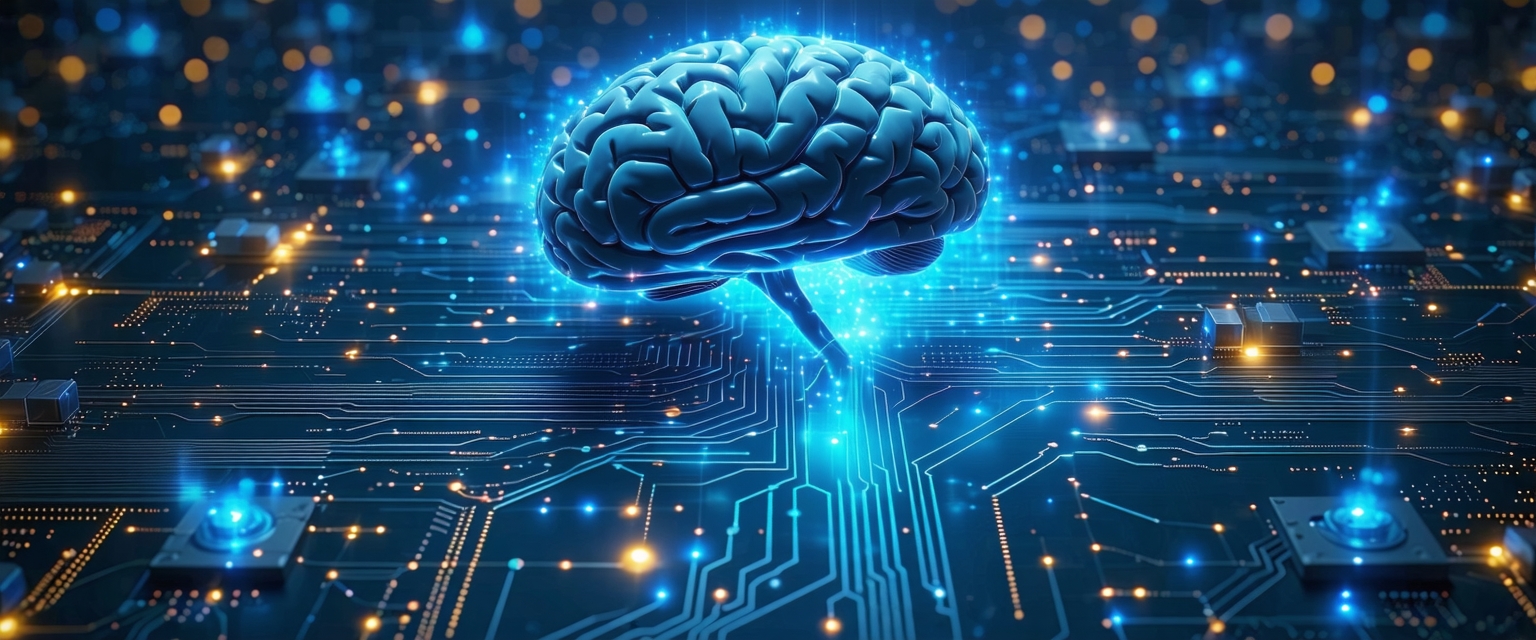






Recent advancements in deep learning have yielded significant improvements in artificial intelligence’s ability to reason and solve complex problems. These developments represent a notable step forward in the field, paving the way for more sophisticated AI applications.
Deep learning, a subset of machine learning, relies on artificial neural networks with multiple layers to analyze data and extract complex patterns. Traditional deep learning models have excelled at tasks like image recognition and natural language processing, but their reasoning capabilities have been a persistent challenge.
Researchers have long sought to improve the ability of these models to perform logical deduction and solve problems requiring multi-step reasoning. This has involved exploring new architectures, training techniques, and data sets.
Several recent studies have demonstrated breakthroughs in enhancing the reasoning capabilities of deep learning models. One notable approach involves incorporating symbolic reasoning methods into neural networks, combining the strengths of both paradigms. This hybrid approach allows the models to leverage both the pattern recognition power of neural networks and the logical deduction capabilities of symbolic systems.
Another significant development is the use of larger and more diverse training datasets. These datasets, often incorporating structured information and explicit knowledge graphs, provide the models with richer contextual information, enabling them to perform more sophisticated reasoning tasks. Improved training algorithms are also playing a key role.
These advancements have the potential to revolutionize numerous fields. In healthcare, improved reasoning could lead to more accurate diagnoses and personalized treatment plans. In finance, enhanced risk assessment and fraud detection are possible. Autonomous vehicles could benefit from improved decision-making capabilities in complex scenarios.
The broader impact extends to scientific discovery, where deep learning models could accelerate research by analyzing vast datasets and identifying previously unknown patterns or relationships. The potential applications are vast and transformative.
Future research will likely focus on developing even more robust and efficient reasoning mechanisms for deep learning models. This includes exploring novel architectures, investigating more effective training strategies, and addressing the challenges associated with explainability and trustworthiness.
The goal is to create AI systems that not only perform complex tasks but also provide clear and understandable explanations for their decisions, fostering greater trust and acceptance.